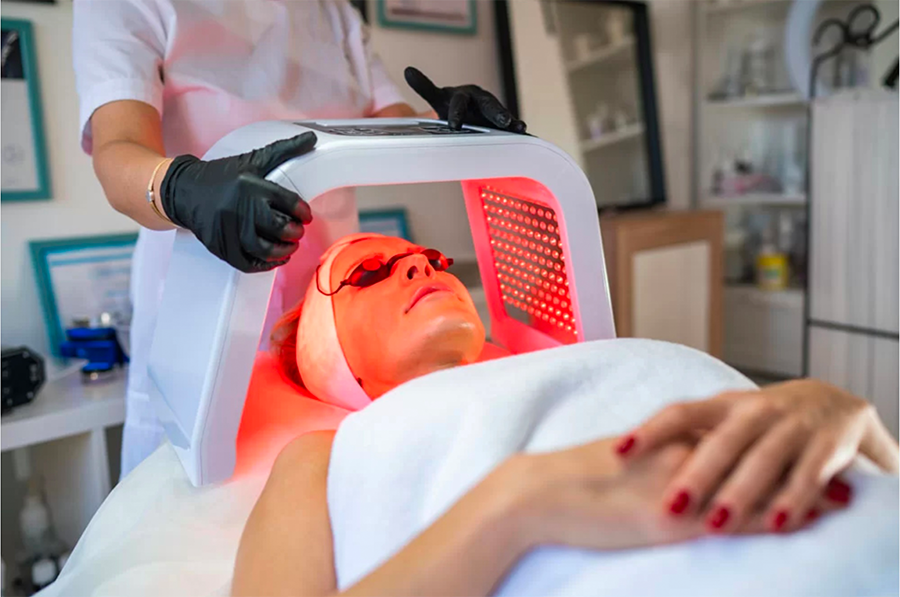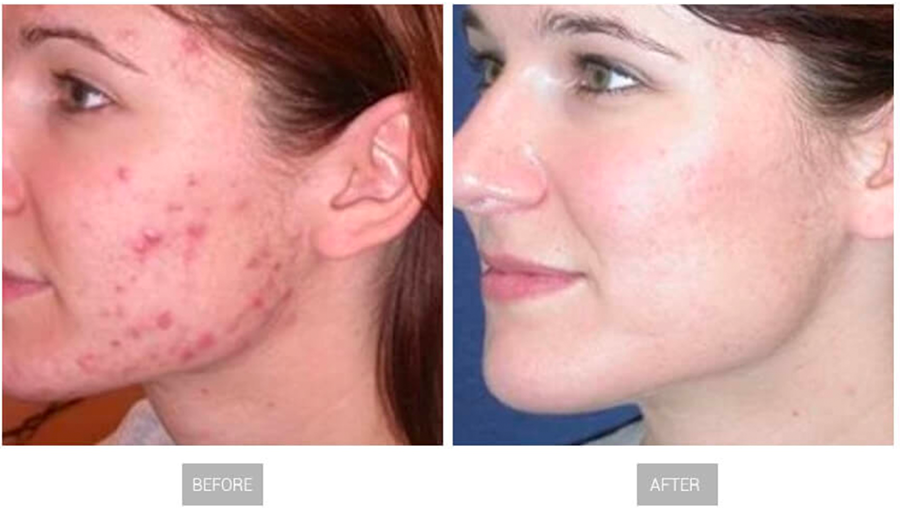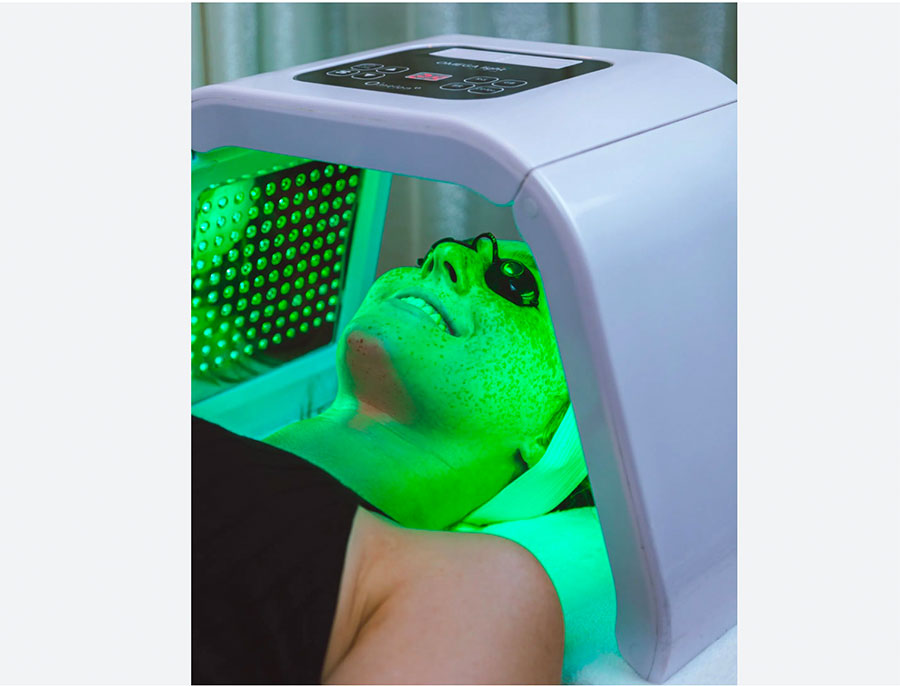LED light therapy works by using specific wavelengths of light to stimulate cellular activity, promoting collagen production, reducing inflammation, and improving skin tone and texture. Different colors of LED light penetrate the skin at varying depths, targeting specific concerns like acne, wrinkles, and inflammation.
Here's a more detailed explanation:
LED light therapy utilizes light-emitting diodes (LEDs) to deliver specific wavelengths of light to the skin.
These wavelengths are absorbed by the skin cells, triggering a cascade of beneficial effects.
The light energy is converted into ATP (adenosine triphosphate), the primary energy currency of cells, which then powers various cellular processes.
This increased cellular energy can lead to improved collagen production, reduced inflammation, and enhanced skin healing.
Red light: Stimulates collagen production, reduces inflammation, and improves skin tone and texture.
Blue light: Targets acne-causing bacteria, reduces oil production, and helps clear acne breakouts.
Yellow light: Improves lymphatic flow and circulation, aiding in skin detoxification.
Near-infrared light: Penetrates deeper into the skin, boosting collagen production and speeding up the healing process.
Acne treatment: Blue light can help kill acne-causing bacteria and reduce oil production, leading to fewer breakouts.
Wrinkle reduction: Red light stimulates collagen production, which can help reduce the appearance of fine lines and wrinkles.
Skin rejuvenation: LED light therapy can improve skin tone, texture, and overall appearance.
Wound healing: Red light can help speed up the healing process of wounds and scars.
Redness and inflammation reduction: LED light therapy can help calm irritated skin and reduce redness and inflammation.


